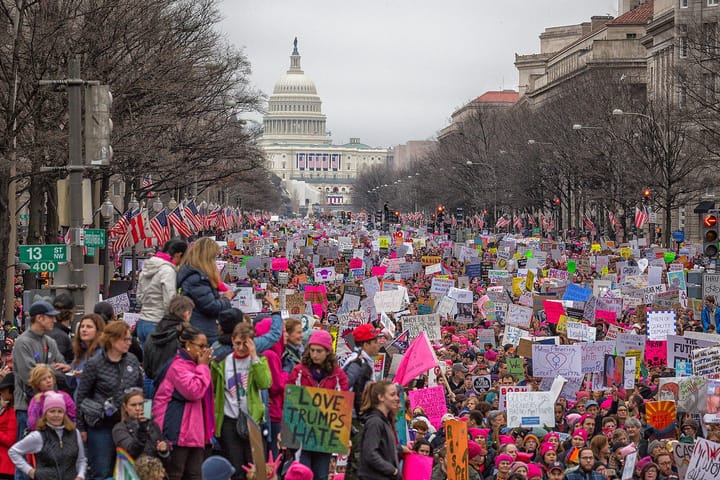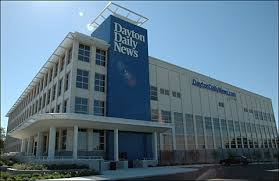Observations: The Fed
The Fed used to be isolated from insidious political interference... until now.

President Donald Trump’s recent attempts to wrest control of the Federal Reserve Board are ill-advised, and unprecedented. His effort is a naked power grab that has troubling consequences for us all.
National banking has a long history in the United States. Alexander Hamilton created the first National Bank in 1791. Capitalized at $10 million, it sought to stabilize the new nation’s economy and, by and large, succeeded.
But it had opposition from those, including Thomas Jefferson, who feared it might become too strong, and when its charter expired in 20 years, it was not renewed.
A second National Bank was chartered in 1816, again to stabilize the economy and manage federal funds, but it died 20 years later at the hands of President Andrew Jackson, who hated such centralized institutions. In what we’ve come to call the Bank War, he oversaw its demise, and it disappeared.
In the years that followed, the United States suffered a series of economic crises – in 1873 and 1893 most importantly, as private banking interests in the Gilded Age ran wild. The economic power of the robber barons, most recently seen in the glittering television series called “The Gilded Age,” was good for those at the top, difficult at best for all the rest.
Finally, in 1913, as both Washington and Wall Street worried about the populist agitation of the 1890s, they recognized the need to do something to bolster the national financial system. In the administration of President Woodrow Wilson, the nation created the Federal Reserve System to promote financial stability and regulate the monetary system. Because of a lingering fear of bankers controlling the government, the system was decentralized, with a series of member banks overseen by a board in Washington. And one cardinal rule was that it was to be free of political influence.
The system was so decentralized that it was ineffectual, which was horribly evident during the crash of 1929 and the Great Depression that followed. The Fed did little to avert or even to mitigate the economic catastrophe.
To deal with that cataclysmic situation, President Franklin D. Roosevelt pushed through a number of measures. The Emergency Banking Act of 1933 saved millions of Americans, who had created a country-wide run on the banks when they sought to get their money out. FDR, in his first Fireside Chat, assured them that their money was safe, that there was no need to panic. In so doing, he bolstered the banking system, and established the Federal Deposit Insurance Corporation to provide a safety net in the future.
But the Banking Act of 1935 was even more important. It restructured the entire Federal Reserve system, centralizing it even more, giving it additional authority. Significantly, it remained isolated from insidious political interference.
Until now.
Donald Trump, in an attempt to take over all government functions, wants to control the Fed to lower interest rates dramatically to boost the economy and in so doing help in the coming mid-term elections. To that end he has attacked Fed Chairman Jerome Powell, and sought to fire Governor Lisa Cook on a questionable corruption charge, despite any indictment or credible evidence of wrongdoing.
Meanwhile, the economy remains fragile. Prices are rising, as President Trump’s indecent tariffs wreak havoc on the entire post-World War II economic system, and inflation, brought under control by the Fed in the past few years, will likely begin to rise again.
The Fed has played a major role in stabilizing the economy over the years. There have been ups and downs, to be sure, but it has worked. We can only hope that the Fed can maintain its independence, and continue doing all it can to protect the stability of the American economy.
Allan Winkler is a University Distinguished Professor of History Emeritus at Miami University, where he taught for three decades. He serves on the Board of Directors for the Oxford Free Press.




